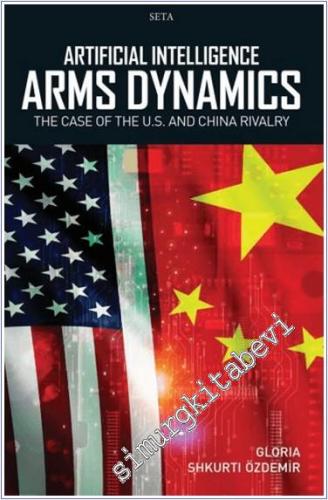#smrgKİTABEVİ Artificial Intelligence Arms Dynamics : The Case Of the U.S. Aand China Rivalry - 2024

between U.S.-China is more an “AI arms competition” with both states not willing to start a direct war with each other, at least for the short term. Furthermore, the study finds out that the AI arms competition between both states is driven by both external threats and internal motivations, however, the technological imperative -which is considered as an independent variable- is the main driving force behind this rivalry. In conclusion, the research suggests that the AI arms competition between the U.S. and China is a defining feature of contemporary international security dynamics, with profound implications for global stability.
between U.S.-China is more an “AI arms competition” with both states not willing to start a direct war with each other, at least for the short term. Furthermore, the study finds out that the AI arms competition between both states is driven by both external threats and internal motivations, however, the technological imperative -which is considered as an independent variable- is the main driving force behind this rivalry. In conclusion, the research suggests that the AI arms competition between the U.S. and China is a defining feature of contemporary international security dynamics, with profound implications for global stability.




















